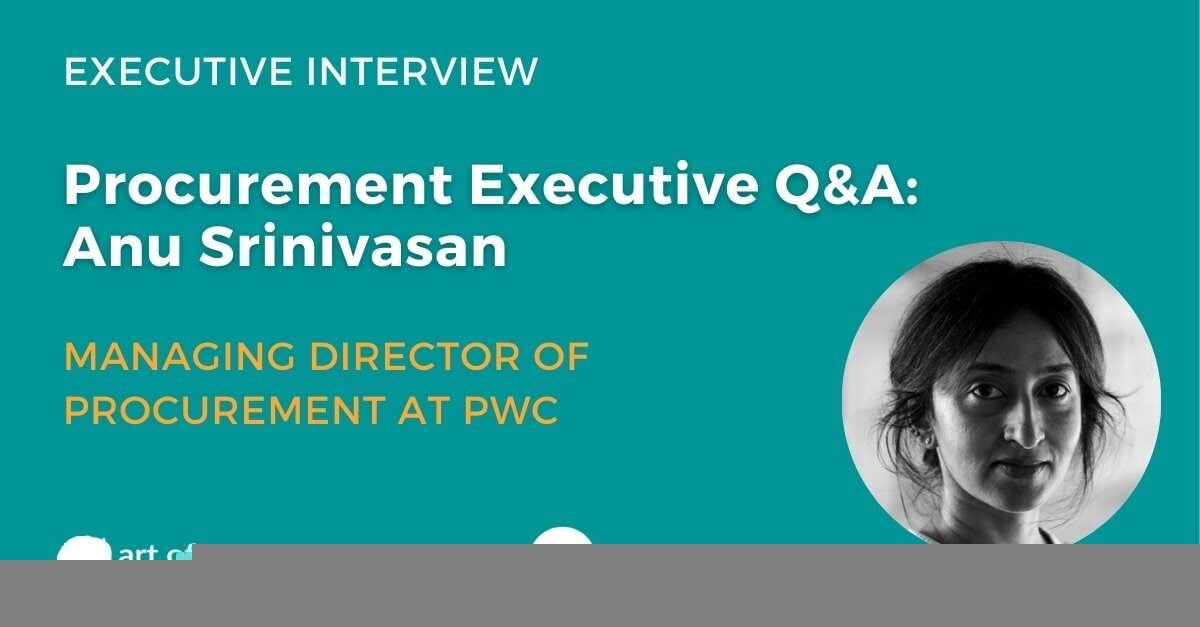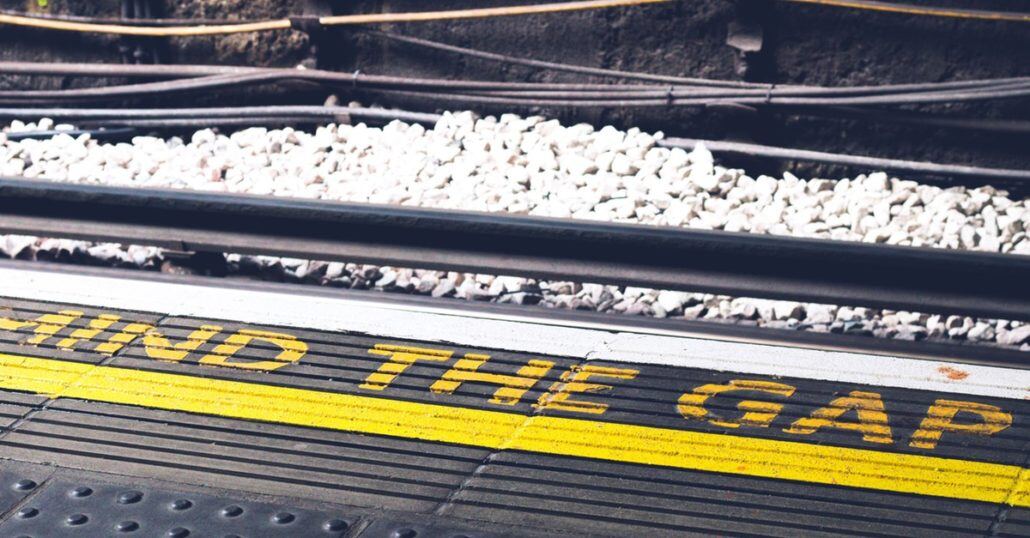
As part of Art of Procurement’s media partnership with ProcureCon, we are pleased to bring you this Executive Q&A with Thina Wallin, Procurement & Supply Chain Vice President, Energy Management Business, Schneider Electric. For more information, you can view Thina’s profile on LinkedIn. Thina will be speaking at the upcoming ProcureCon Asia 2022 in Singapore.
1. Can you introduce yourself and your background?
My name is Thina Wallin. I am a senior procurement leader with over 12 years’ experience in leadership positions involving everything from P2P, strategic procurement process governance, and – most important of all – building diverse, high performing teams. I started my career in procurement with Vestas Wind Systems and in 2022 I took a new challenge within Schneider Electric. I’m originally from Sweden, but have lived in Singapore for the last 7 years. I am passionate about sustainability and energy management.
2. What is the scope of your current role?
I’m currently heading up the procurement and supply chain function for a business segment within Schneider Electric called Global Customer Projects and Services Operations (GCP&SO). The main mission of GCP&SO is to master and grow large, complex, and international projects & services for global accounts and targeted customers. The majority of our spend is with installation and maintenance subcontractors as well as subcontracting electrical houses and panel builders.
3. You have been involved in significant procurement transformation programs both in head office and regional procurement leads. How have you approached achieving the balance between head office (global) needs, and supporting the requirements of regional stakeholders?
It is indeed a balance, especially if the region has conflicting goals vs HQ or vice versa. I always look at it from the perspective that I have two bosses (region and HQ) and I need to keep both happy at the end of the day. I’m always clear on the “why” – why are we doing this transformation and how will it benefit the region and the company once implemented? If the purpose is understood by both parties, the likelihood that we will be able to solve the challenges that arise during execution is significantly higher. Finally, being transparent and having difficult discussions when needed has also been key in securing successful implementations.
4. Do you have any tips for others in regional roles that report into a global head office?
Be a matrix champion – use the matrix to leverage your agenda. Being in the region and still reporting into HQ comes with the important responsibility of translating regional business needs for HQ as well as leveraging best practices from HQ to fast track transformation in the region. Finally, work on the topics that are visible to HQ will make sure that you are seen and that your contributions are recognized at HQ and in the region.
5. Why is supplier relationship management important in procurement?
A procurement function is never stronger than the relationships and suppliers it manages. I strongly believe that it is only through strong relationships that procurement can enable value creation through innovation, risk management, and competitiveness. It requires trust to enable a transparent dialogue on risk management and innovation; trust is the foundation for a strong relationship.
6. How does Schneider Electric choose which suppliers become part of an SRM program?
Schneider is looking at a wide range of criteria (safety, sustainability, quality, delivery, cost, and innovation) to determine the strategic fit between the supplier and Schneider Electric. Only when the fit is right will we invest in the supplier relationship by including suppliers into our SRM programs.
7. How important has your investment in SRM been in protecting and mitigating against supply chain shortages and inflation?
Having a strong relationship with your suppliers allows you to become the customer of choice. Being the customer of choice in a time when many critical product lines are experiencing shortages positions your company as a priority when suppliers are allocating capacity. Furthermore, if you have a supplier relationship built on trust, you can expect that they will be transparent about the risks they see in their supply chains. This provides insight into their risk profile and creates the opportunity to work proactively to mitigate the corresponding risks in your procurement process.
8. How has the Asian Procurement landscape evolved in the last few years and what do you believe the next 2-3 years bring?
The focus on risk management and sustainability has grown a lot during the last year. Consequently, I can see that many companies are now looking at how to diversify their supply chains so that they are not overexposed in certain countries. Furthermore, I expected the sustainability dimension in supply chain design and sourcing decisions to play an even stronger part in the coming year as many companies are making CO2 pledges including scope three emissions. Finally, digitalization in operations and relationships will become the new normal and the companies in the forefront of the digitalization will have a strong advantage compared to businesses that have not yet gone digital.
9. What will you be sharing at ProcureCon Asia?
I’ll be part of a panel discussion on how digitalization can strengthen relationships with suppliers, unlocking cost savings and enabling a more transparent risk management process. I’ll also be part of the concluding session where we will discuss how the procurement landscape has evolved and which trends we will be watching over the next 2-3 years.
After a couple of challenging years, it’s going to be great to be able to meet up in person and exchange ideas and perspectives with other procurement leaders.




